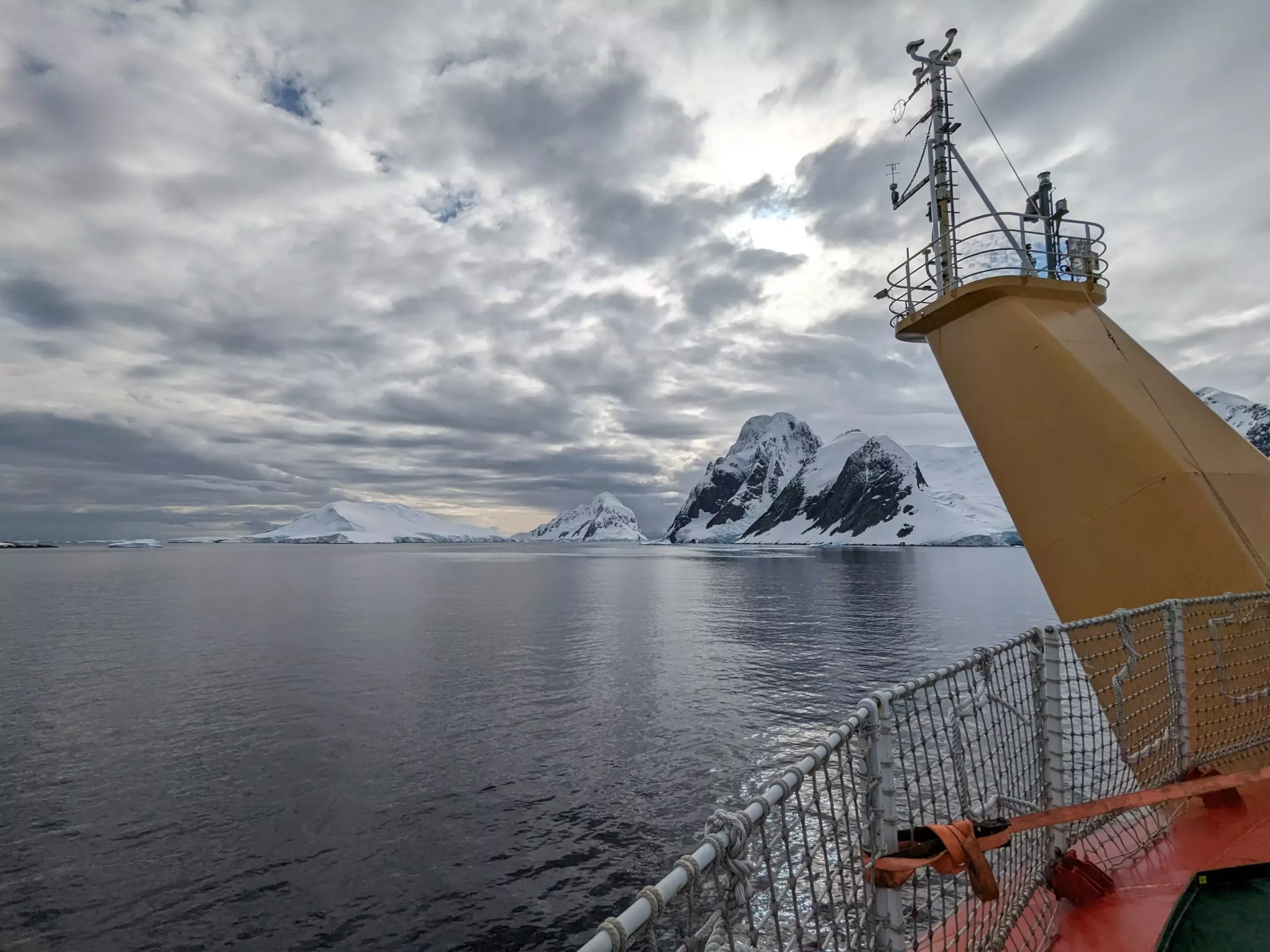Recent revelations from a collaborative study led by the University of East Anglia and Plymouth Marine Laboratory have dramatically altered our understanding of the Southern Ocean’s capacity to absorb carbon dioxide (CO2). The research, which used direct measurement techniques, indicates that this vital ocean region is absorbing 25% more CO2 than previous estimates derived from indirect methods. This critical finding not only emphasizes the significance of the Southern Ocean in regulating global climate but also exposes the inadequacies of past measurement strategies that relied heavily on ship-based observations and modeling.
The Southern Ocean, encircling Antarctica, has long been a focus of climate research due to its role in mitigating atmospheric CO2 levels. The ability of this ocean to sequester carbon plays a vital part in maintaining the delicate balance of Earth’s climate. However, variations and uncertainties in the magnitude of CO2 absorption have prevailed, leading to conflicting data that has muddled prior assessments.
Revolutionizing Measurement Techniques
The research adopts an innovative approach known as the eddy covariance technique, which involves measuring fluxes directly from the air-sea interface via equipped foremast systems on research vessels. This methodology represents a monumental leap forward in marine science, allowing for real-time air-sea CO2 exchange measurements across extensive areas and over prolonged periods. The study assessed data collected during seven research voyages in the Antarctic summer, totaling approximately 3,300 hours of direct observation. In stark contrast, existing methodologies relied on sporadic measurements, often taken every ten days.
Data collated during this extensive undertaking not only corroborates enhanced CO2 absorption figures but also challenges long-standing model simulations that failed to account for localized and intense episodes of CO2 uptake. These findings call into question the validity of older data sets that produced oversimplified and often misleading estimates.
Addressing the Gaps in Current Models
The research results indicate that previous predictions regarding the Southern Ocean’s carbon absorption capacity underestimated its strength as a CO2 sink. The discrepancies arise partly from temperature variabilities in the ocean surface – variables that older models did not adequately incorporate. In essence, the study’s authors argue that existing estimations often averaged out fluctuations that occur over shorter time frames, leading to an incomplete picture of CO2 dynamics in this intricate marine ecosystem.
Dr. Yuanxu Dong, the lead author of the study, emphasizes that improved accuracy in quantifying the Southern Ocean’s CO2 absorption is crucial for more reliable climate assessments. As it stands, the Southern Ocean remains among the most uncertain regions concerning carbon sink capacity, which underscores the urgent need for refined modeling techniques that factor in temperature adjustments and higher spatial resolutions.
The Importance of Year-Round Monitoring
While the current research shines a spotlight on the enhanced CO2 absorption during the Antarctic summer, it also highlights a significant gap: the lack of winter data. The difficulties of conducting research in harsh winter conditions limit the ability to capture the full scope of CO2 exchange processes. Previous reliance on drone floats has not fully compensated for this seasonal blind spot. Dr. Mingxi Yang points out that high-frequency measurements are essential to grasp the complete picture of the Southern Ocean’s carbon uptake mechanisms.
To address the seasonal disparities, researchers advocate for the expansion of measurement networks that include high-tech buoys and sail drones, along with dedicated icebreaker vessels that can operate year-round. The recent deployment of the eddy covariance system on the RRS Sir David Attenborough signifies a promising step toward filling these data gaps, particularly in regions like the Weddell Sea.
Challenges Ahead: Funding and Resource Allocation
A stark challenge faced by the scientific community is the recent decline in the number of shipboard surface ocean CO2 measurements. This drop has been influenced not only by the COVID-19 pandemic but also by significant funding cuts. Between 2017 and 2021, the number of datasets available for the Surface Ocean CO2 Atlas experienced a worrying decrease, significantly limiting our understanding of carbon dynamics in the Southern Ocean.
As researchers continue to investigate how best to monitor this critical carbon sink, it is vital to advocate for increased resources and funding to support ongoing research efforts. Collaboration across international scientific institutions, as demonstrated in this study, must be leveraged to ensure that the Southern Ocean can continue to function as a crucial barrier against climate change. The future of climate science increasingly hinges on our ability to grasp the nuanced relationships between ocean systems and atmospheric CO2—an endeavor that demands both innovation and commitment.


Leave a Reply